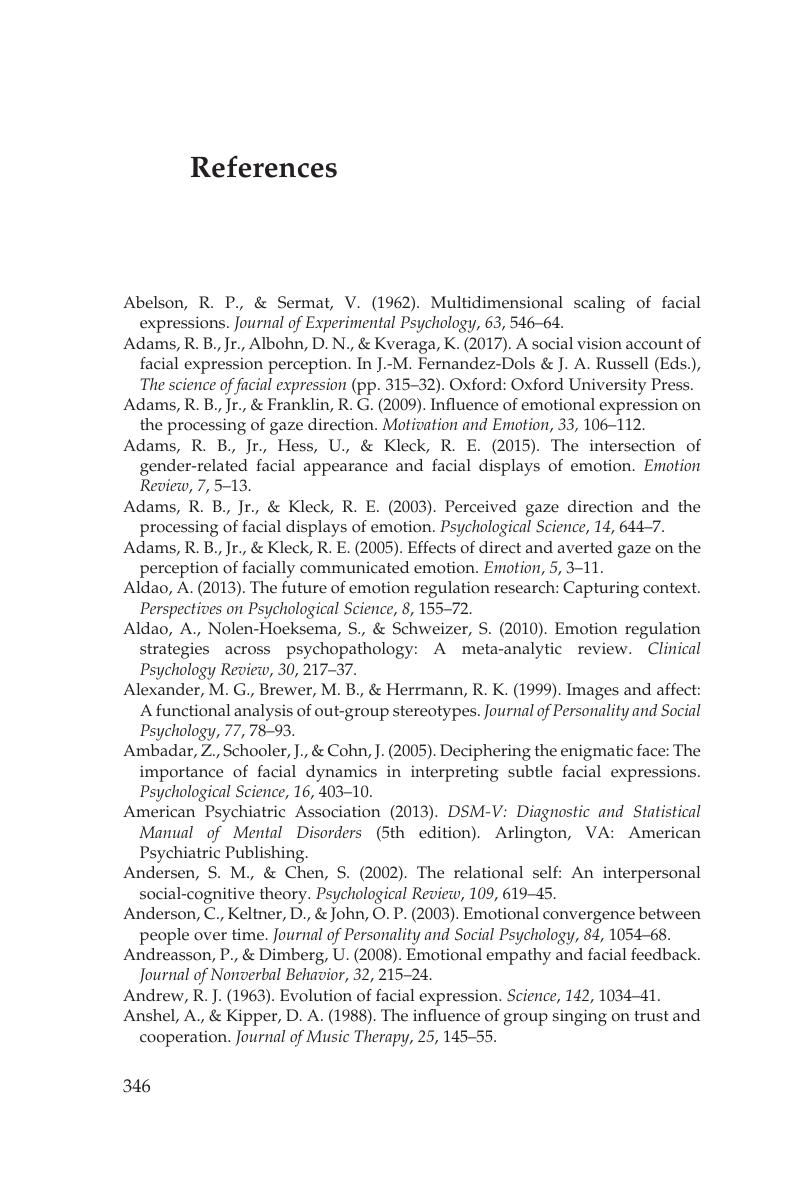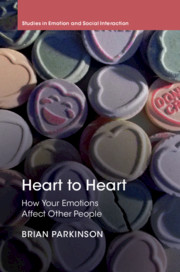Book contents
- Heart to Heart
- Studies in Emotion and Social Interaction
- Heart to Heart
- Copyright page
- Dedication
- Contents
- Figures
- Preface
- Acknowledgements
- Chapter 1 What’s at the Heart of Emotions?
- Chapter 2 Words and Concepts
- Chapter 3 Facial Activity and Emotion Expression
- Chapter 4 Explaining Emotional Influence
- Chapter 5 Regulating Emotions
- Chapter 6 Social Functions
- Chapter 7 Groups, Teams and Crowds
- Chapter 8 Working with Emotions
- Chapter 9 Reorientation
- References
- Index
- Studies in Emotion and Social Interaction
- References
References
Published online by Cambridge University Press: 28 October 2019
- Heart to Heart
- Studies in Emotion and Social Interaction
- Heart to Heart
- Copyright page
- Dedication
- Contents
- Figures
- Preface
- Acknowledgements
- Chapter 1 What’s at the Heart of Emotions?
- Chapter 2 Words and Concepts
- Chapter 3 Facial Activity and Emotion Expression
- Chapter 4 Explaining Emotional Influence
- Chapter 5 Regulating Emotions
- Chapter 6 Social Functions
- Chapter 7 Groups, Teams and Crowds
- Chapter 8 Working with Emotions
- Chapter 9 Reorientation
- References
- Index
- Studies in Emotion and Social Interaction
- References
Summary

- Type
- Chapter
- Information
- Heart to HeartHow Your Emotions Affect Other People, pp. 346 - 394Publisher: Cambridge University PressPrint publication year: 2019



